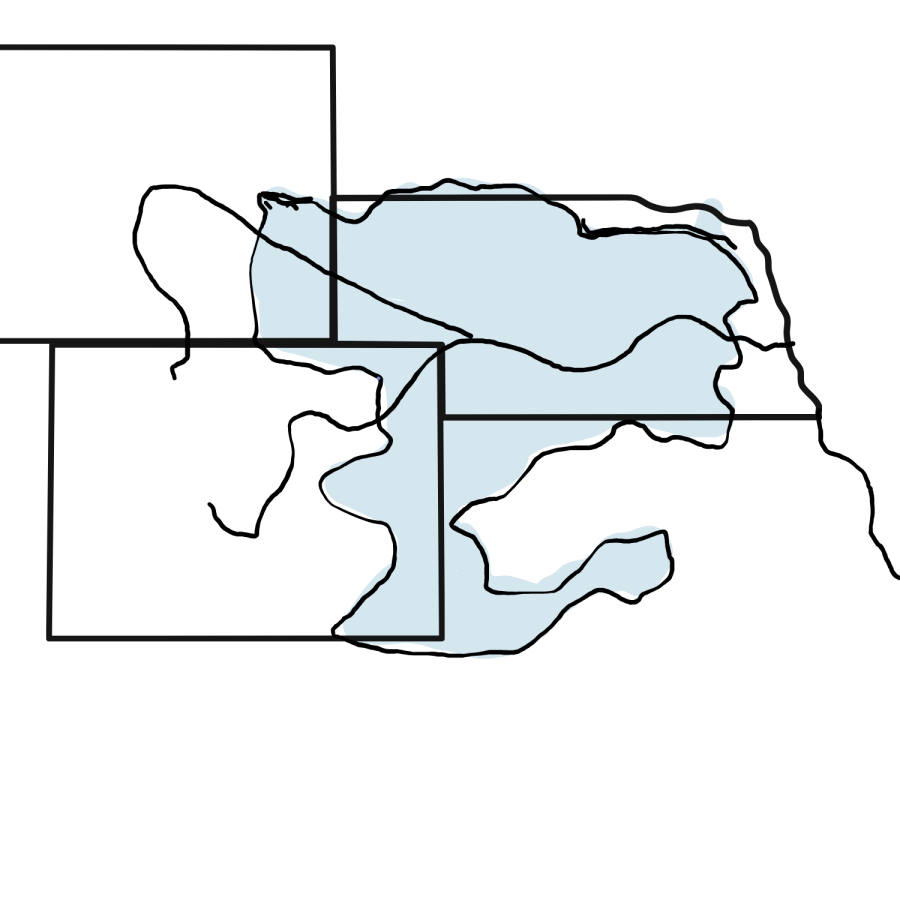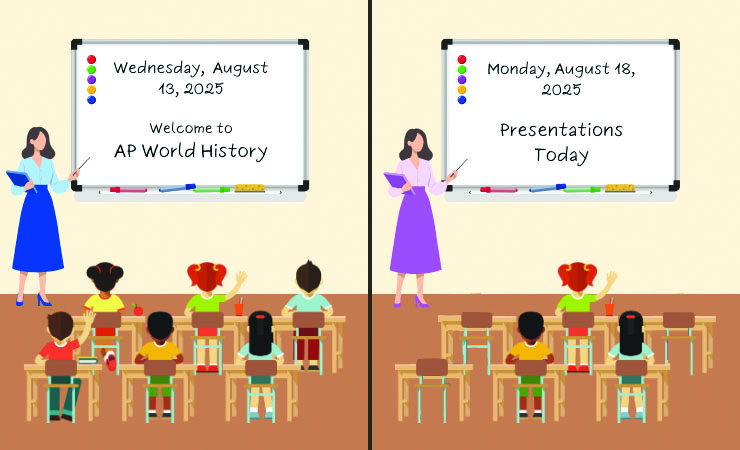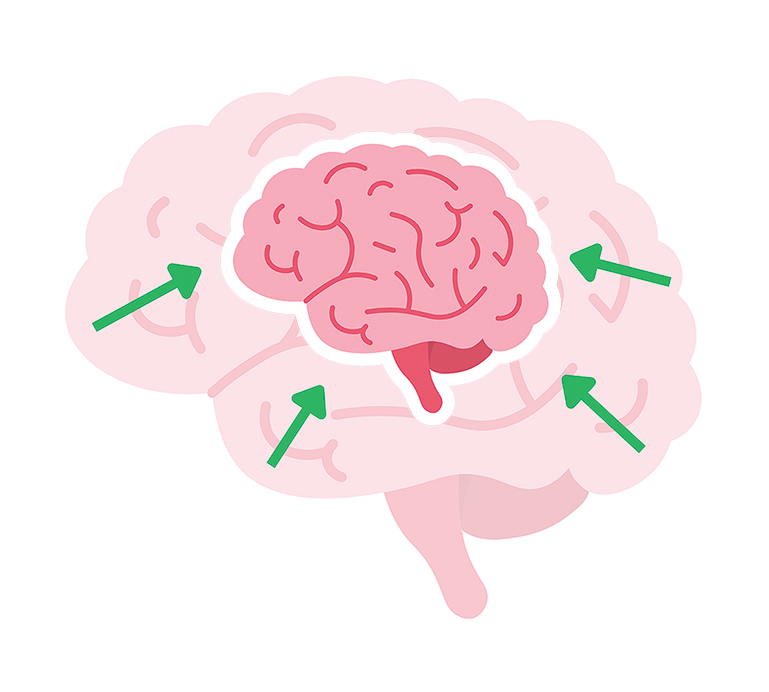Losing Water, Losing Hope
Nebraska struggles to obtain new water source as Gen Z grapples with the climate crisis
May 27, 2023
Much of Nebraska gets water from Colorado and the well-known Nebraska water source the Ogallala Aquifer. This is through the Platte River which is connected to the Colorado South Platte Rivers. All of these rivers are fueled by snow runoff from mountains in Colorado. As Nebraska has become more populated and the economy has grown Nebraska has run into an obstacle; the source of the state’s water. This obstacle became an issue first with excessive pumping of the Ogallala aquifer.
“Well outputs in the central and southern parts of the aquifer are declining due to excessive pumping, and prolonged droughts have parched the area, bringing back Dust Bowl-style storms, according to the NCA4. Global warming is likely to make droughts across the Ogallala region longer lasting and more intense over the next 50 years,” said Michon Scott in 2019 from Climate.gov. Similarly, damage to well fields in Nebraska is also a reason why there is a decline in water levels.
According to a Unicameral Update from the Nebraska legislature on March 16, 2023, “[Lincoln] also needs a second water source should the Platte River wellfields be damaged, either through severe drought or flooding. That could result in Lincoln asserting its water rights at the expense of agricultural irrigation interests, something he said no one wants to see happen.”
One solution to finding Lincoln and Nebraska another source of water as our current ones become depleted is through the creation of a new canal to obtain more water directly from Colorado.
From the same Unicameral Update, “LB506, sponsored by Lincoln Sen. Eliot Bostar, would appropriate $200 million in ARPA funds in fiscal year 2023-24 to the state Department of Natural Resources. The department then would award a grant to a primary class city to fund a water treatment plant, land acquisition, wellfields, permitting, pumping, and transportation costs to provide potable water to the city.”
This plan has not been easy because it is a revival of old canal plans between Colorado and Nebraska, which has created a new water conflict between the two states. Both want the most safe and clean drinking water for their citizens.
“Nebraska surprised Colorado and Western water watchers in early 2022 with a revival of the ancient Perkins County Canal plan. (Perkins County is on the Nebraska side of the border, though the canal may or may not actually run through it). Nebraska’s governor warned Colorado had plans to use up all available South Platte River water before it left the state just northeast of Julesburg, and that the only way for Nebraska to secure its rights was a $500 million canal allowed in the compact,” said Michael Booth, March 21, 2023 according to the Colorado Sun. The conflict that has arisen shows just how crucial water has become as the climate crisis worsens in the US and around the world. Waverly city administrator Stephanie Fisher said in the previously mentioned Unicameral Update ,“‘This legislation is a chance — not just for Lincoln, but for the surrounding communities as well — to secure long-term, safe drinking water.’”
As fears for the climate and the future creep closer and closer to kids in Nebraska, the feelings that Gen Z has towards climate change are only being more amplified. Every day, Gen Z can expect to see a new update on the decline of the planet, and these stories have only gotten worse,becoming more severe and more tragic as time goes on.The stories of natural disasters and tragic environmental events only continue to worsen. This is shown in articles such as “2022 U.S. billion-dollar weather and climate disasters in historical context” by Adam B. Smith at Climate.gov, saying, “Lake Mead, the Nation’s largest reservoir, is nearing dead pool status and is at the lowest level since it was filled in the 1930s.”This constant bombardment of bad news has desensitized Gen Z to these events in a way that no generation has experienced before. This affects young people’s views on their future and the future of their planet. The effects of Gen Z’s upbringing have created worry that many young people can relate to.
“It’s been kind of an upfront worry because it affects everyone and it’s a never ending process. It just keeps destroying and then the environment keeps on getting destroyed,” junior Elliot Braatz said. “There’s very little I as one person can do about it when most of it is taken up by industries. I’m worried about the future of both me and future generations and how they’re gonna handle that.”
Negative media and the realities of the planet’s health today can dim young people’s drive for the future because of how bleak a future for young people appears.
“It makes me not want to pursue a higher career and that nine-to-five life. When you know by 2050 we will have seen what happens. [It] makes me want to not strive for a nine to five and go towards a career where I can help the environment,” junior Macie Sailors said.
This feeling of “what’s the point” and hopelessness is something that many young people can relate to, especially when it can seem like the future is not in your control.
“I question if there is going to be a future and it makes me question what the future is going to be like. Our parents and our parent’s parents, there were other unpredictable factors, such as war and other things. But those things had an end. There is no real end to climate change, and we don’t know the effects,” junior and president of Southeast’s Neature Club Itai Trainin said.
Disappointment is a very prominent feeling that this generation faces. It is the disappointment in leaders and peers that creates the hopeless group of young people today. This is similar to how Sailors feel when looking at what the future holds.
“Disappointed and sorrowful for the future. It makes teenagers not value their education as much in their futures because all we’re told is that the earth and the planet we live on is kind of screwed for our future,” Sailors said.
Through the negativity, hope can still be possible but is often something that young people feel needs to be looked at realistically.
“I would like to have hope. I’d like to have hope because I know that people in my generation have been working a little harder and pushing a little farther. But I have a feeling that we’re kind of past a point of return right now,” Braatz said.
These feelings have resulted in a generation of young people feeling unheard, while also knowing that the future is not as bright as it may seem. This is what has led young people to advocate for themselves and for the futures of those threatened by the effect of climate change, which is everyone.










